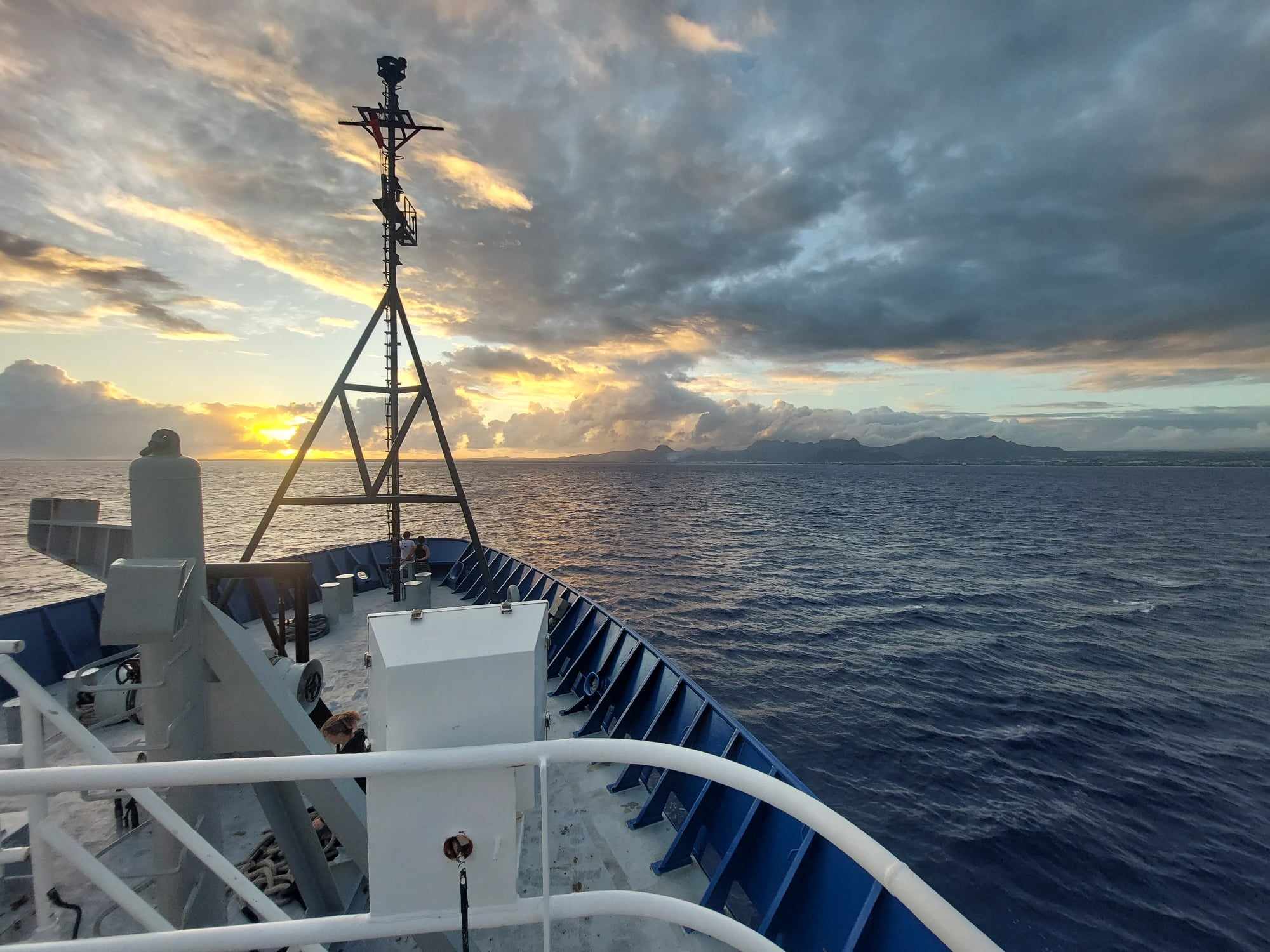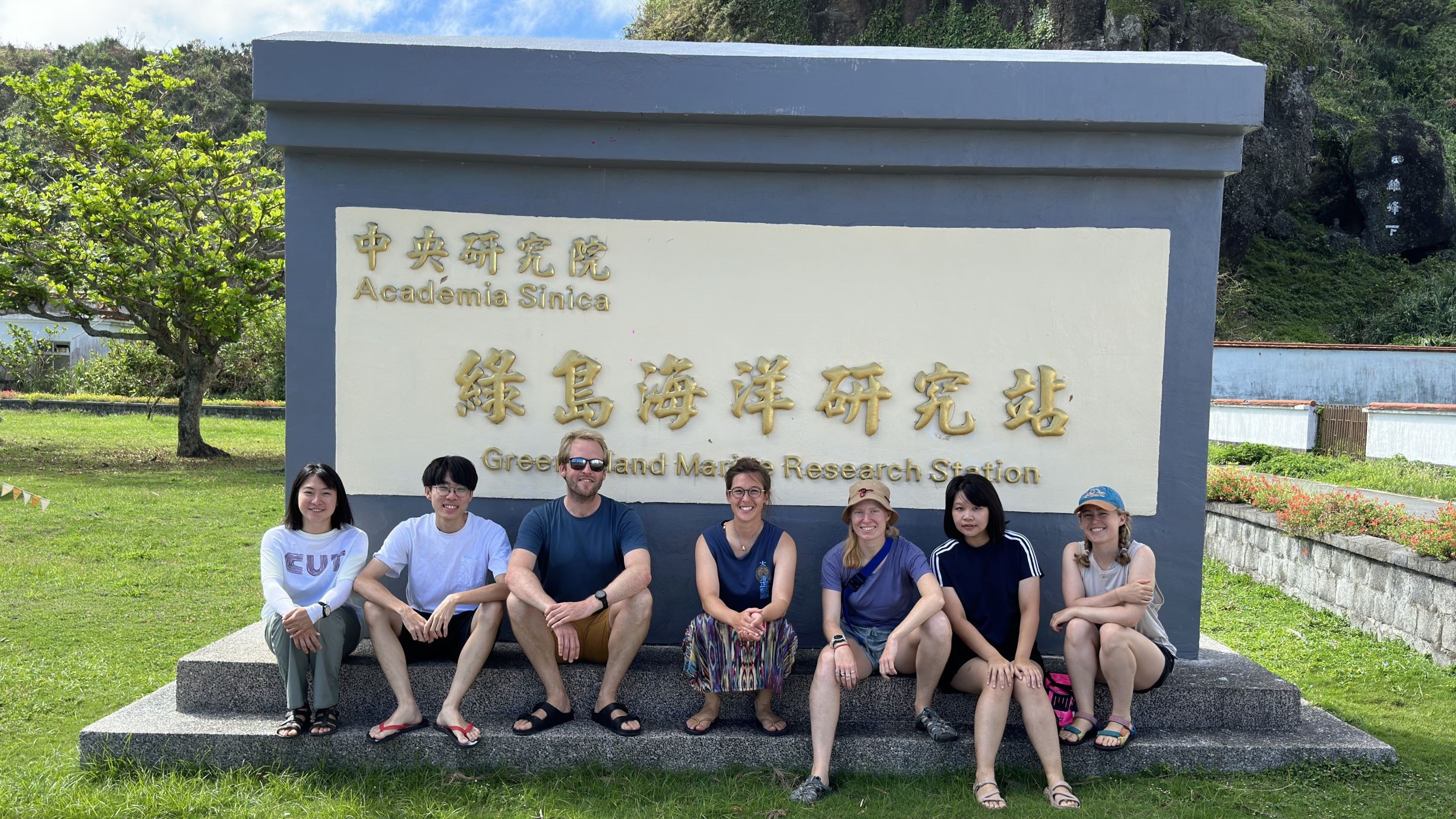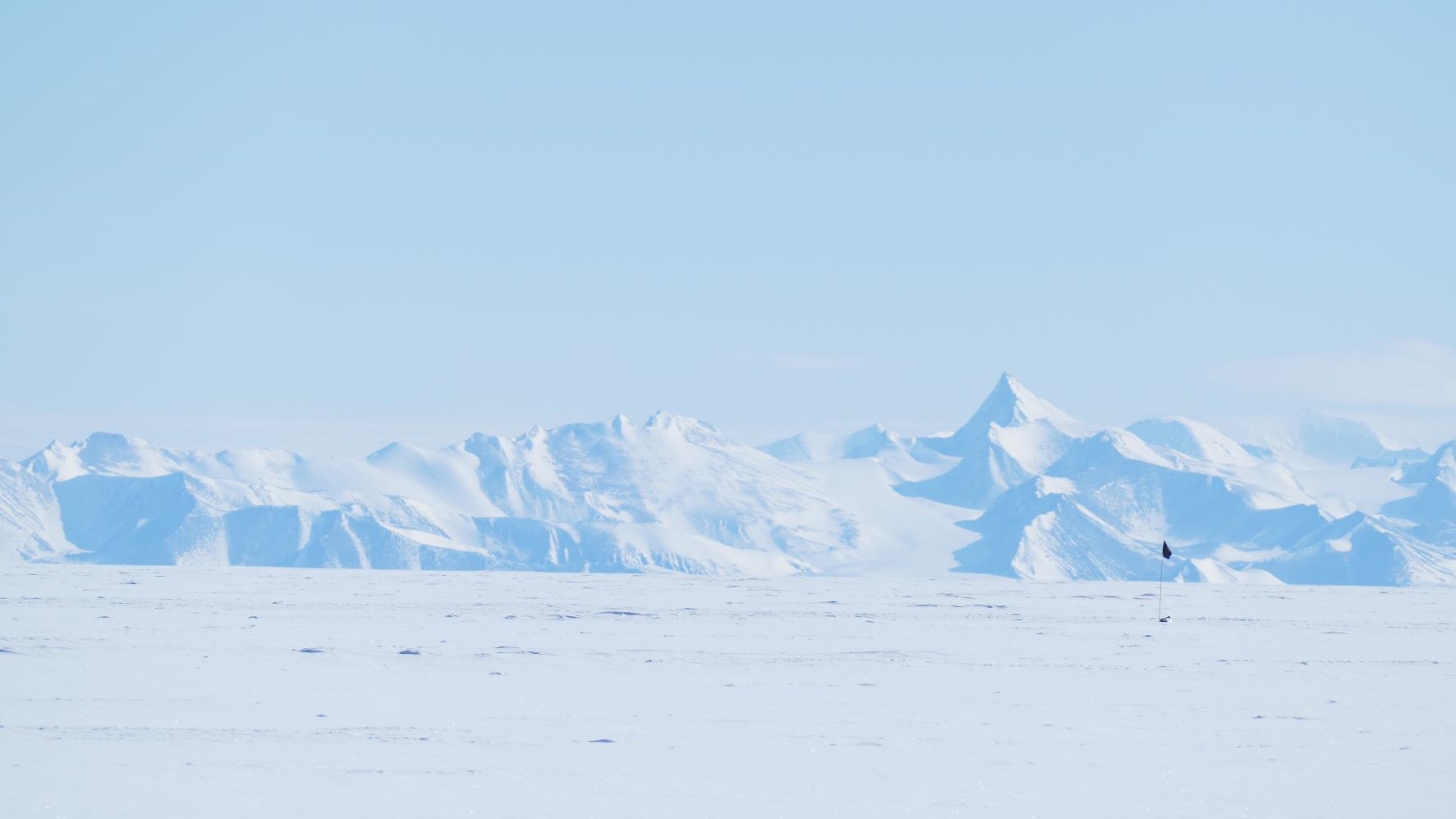It’s hard to move these days for the number of AI-powered chatbots: including the now-ubiquitous ChatGPT. The possibilities are endless, from replying to emails to looking for recipe inspiration to end your four-day pasta streak. But the algorithms underpinning these bots can also classify information. Take a movie review, for instance: ChatGPT can distinguish between positive or negative feedback.
In my PhD research, I’m using the same algorithmic architecture that underpins these bots—also known as large language models, or LLMs—to classify decades of environmental data. Specifically, I’m asking: given historic and forecasted physical conditions in the ocean, which locations would get a positive review for their long-term ability to support coral and other reef-building organisms?
Continue reading “Speaking the language of coral: using machine learning to predict future distributions of reefs”





